- navigation
- home
- products
- the story
- recipes
- about salt
- contact us



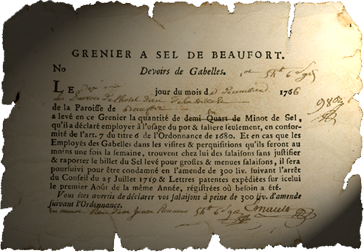

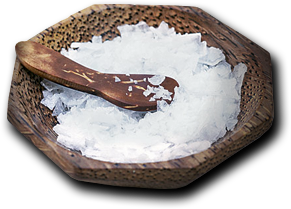
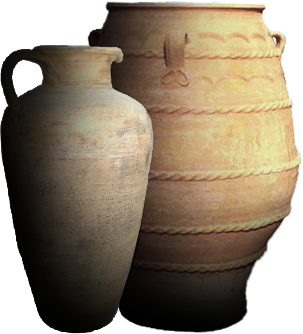
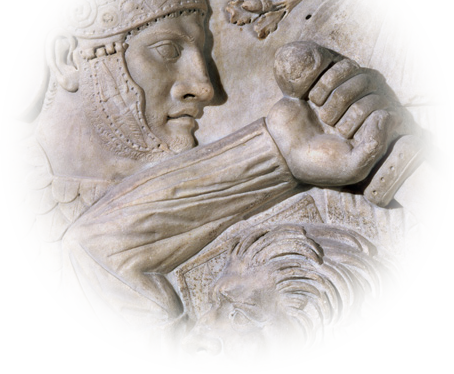
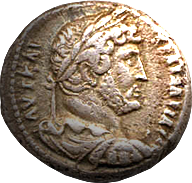

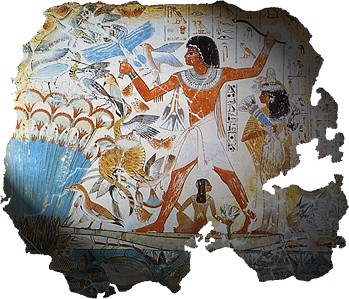

Salt is a remarkable thing. An essential element in the diet of not only humans but of animals, and even of many plants, it is one of the most effective and most widely used of all food preservatives. Its industrial, medical and other uses are almost without number (ie. around 14,000). In fact, salt has been such an important element of life that it has been the subject of many stories and is frequently referenced in fairy tales. Some cultures ascribe magical powers to salt.
Salt served as money at various times and places, and the quest for salt has been the cause of bitter warfare. Offering bread and salt to visitors is, in many cultures, a traditional sign of hospitality.
Saltmaking encompasses much of the history of Europe since Roman times. Medieval European records document saltmaking technologies and concessions. You can sound particularly impressive at dinner parties by throwing on one of these salty historical facts:
At which point, it’s probably time to bring this potted history of all things salt to a close. There’s much, much more to tell, so do let us know if you’d like some more flakes from the salt-encrusted archives.